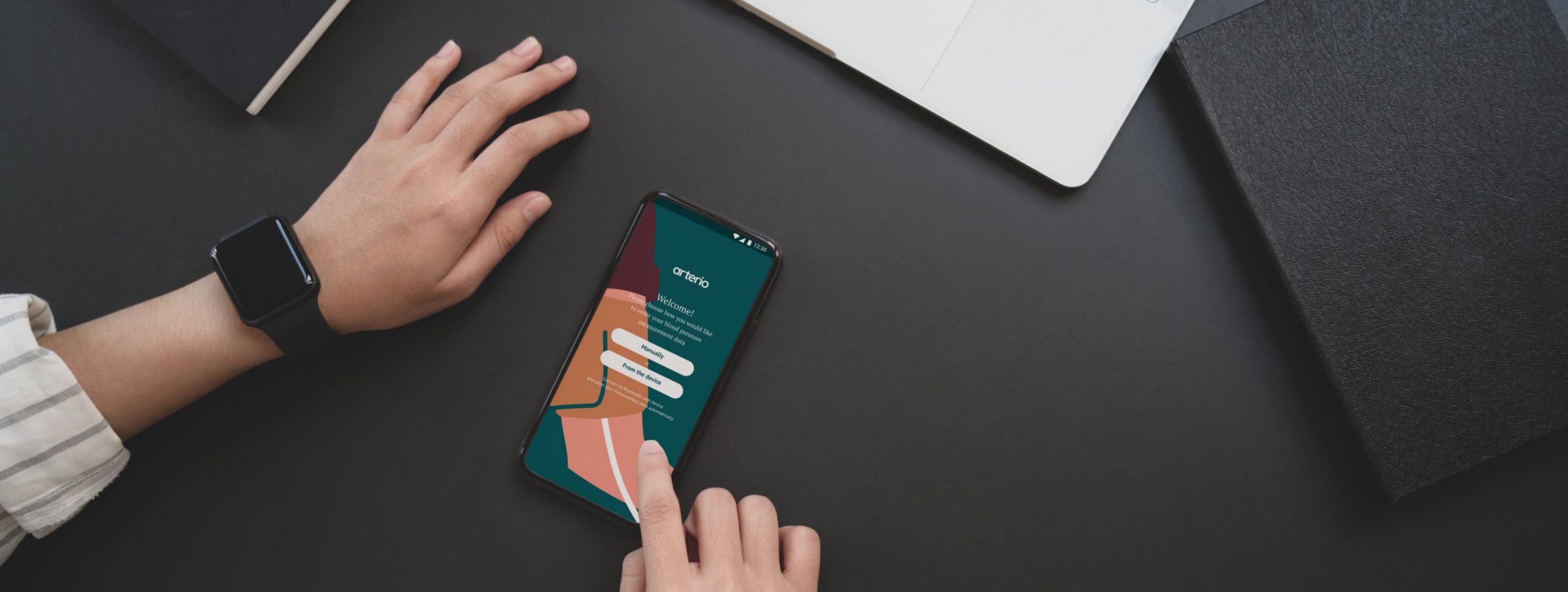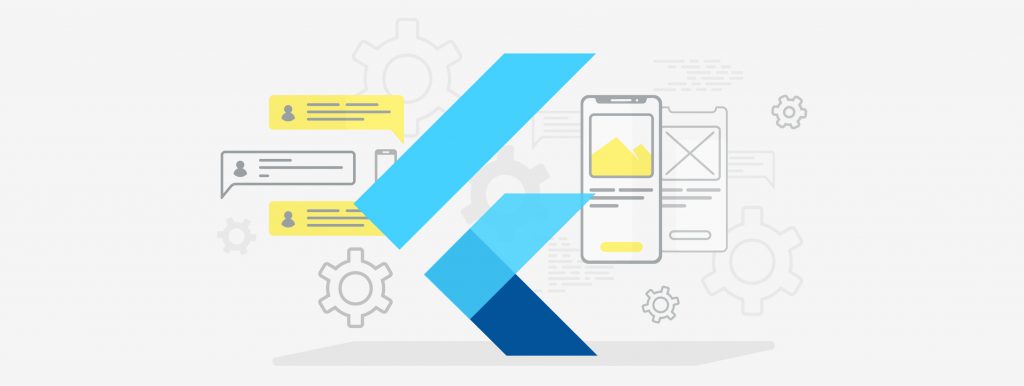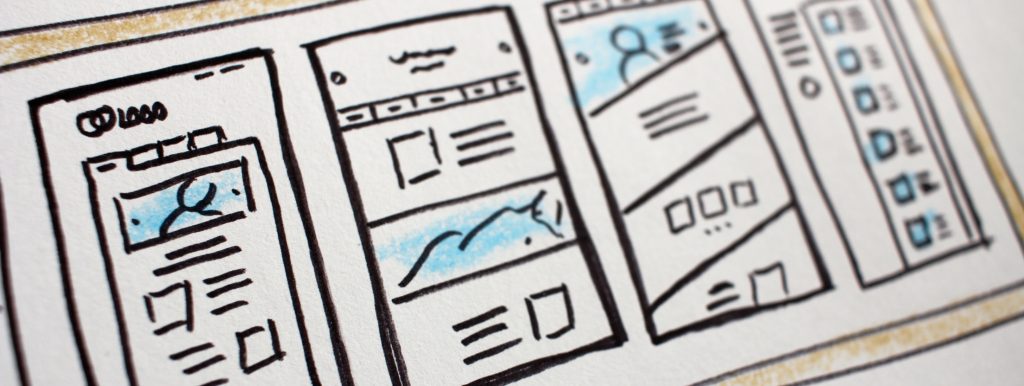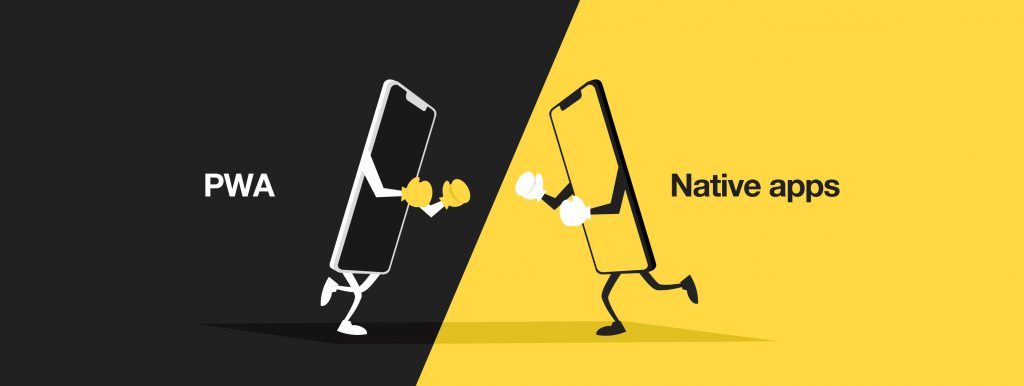Wearable technology continues evolving rapidly and giving business new opportunities for development and prosperity in the modern data-driven world. People love wearable devices for ergonomics, high levels of interactivity and simplicity. According to Statista, the number of users in the wearable segment is predicted to reach 441,5 million this year.
Despite the popularity of wearable devices, their effectiveness in solving human daily tasks largely depends on usual mobile applications running on smartphones. However, modern mobile apps should meet the needs of wearable devices’ users to provide the best performance and stand out. What can impact mobile app development due to the rise of wearable technology and what should you draw attention to?
BLE standard
Many of us have forgotten about Bluetooth with Wi-Fi coming about in every smartphone. But Bluetooth protocol is extremely important for effective and secure data transmission between wearable and your smartphone. First of all, it provides energy-consuming reliable transmission that is important for using the wearable device because use battery rather than stationary power most of the time. And secondly, it can help you to provide effective communication between devices even when you lose Internet connection. Connectivity is essential for wearable software because it brings convenience to users’ daily life. Today the best communication protocol for mobile apps is Bluetooth Low Energy (BLE) standard.
GPS technology
The majority of people use wearables for sport, traveling and navigation that requires accurate GPS functionality to provide a positive user experience. Users expect from modern apps features that will enhance data understanding. Collecting data of the exact location can not only help a user to find the right destination during vacation but also better understand health records tracking with wearable devices. For example, such indicators like heart rate and blood pressure can depend on altitude, and precise positioning at a point of time can help a user better understand health-related data.
Design simplification
The interface of apps designed for wearable devices is usually very concise because of small screen sizes and the importance of low energy consumption. Nowadays users experience information noise and often feel the need for simplicity, especially in their daily activities. Try to keep your design simple and avoid complex relations with content to provide lower battery consumption and easy interaction with your app on the go: your interface design concept should be the same for all devices. Don’t forget that to stay competitive on the market you should also consider the latest UI & UX trends.
Personalization
The capabilities of wearable devices allow collecting and analyzing specific data and provide personalization features in applications. Personalization is extremely important for building strong relationships with your brand and creating seamless customization that can make it a must-have for future mobile apps. We highly recommend you use this opportunity for showing users their value with implementation of personalized notifications, offers and recommendations. For even better performance, you can use optimal matchmaking.
Wearable technology
Wearable technology is a new trend that will encourage the expansion of mobile app development, a number of application types and their integration in daily living. Exposit Mobile Team has vast experience in delivering mobile solutions for wearables in Healthcare & Sport, Media & Entertainment and other industries. Contact us to open new prospects for your business with a unique set of features of a competitive mobile solution for wearables.






